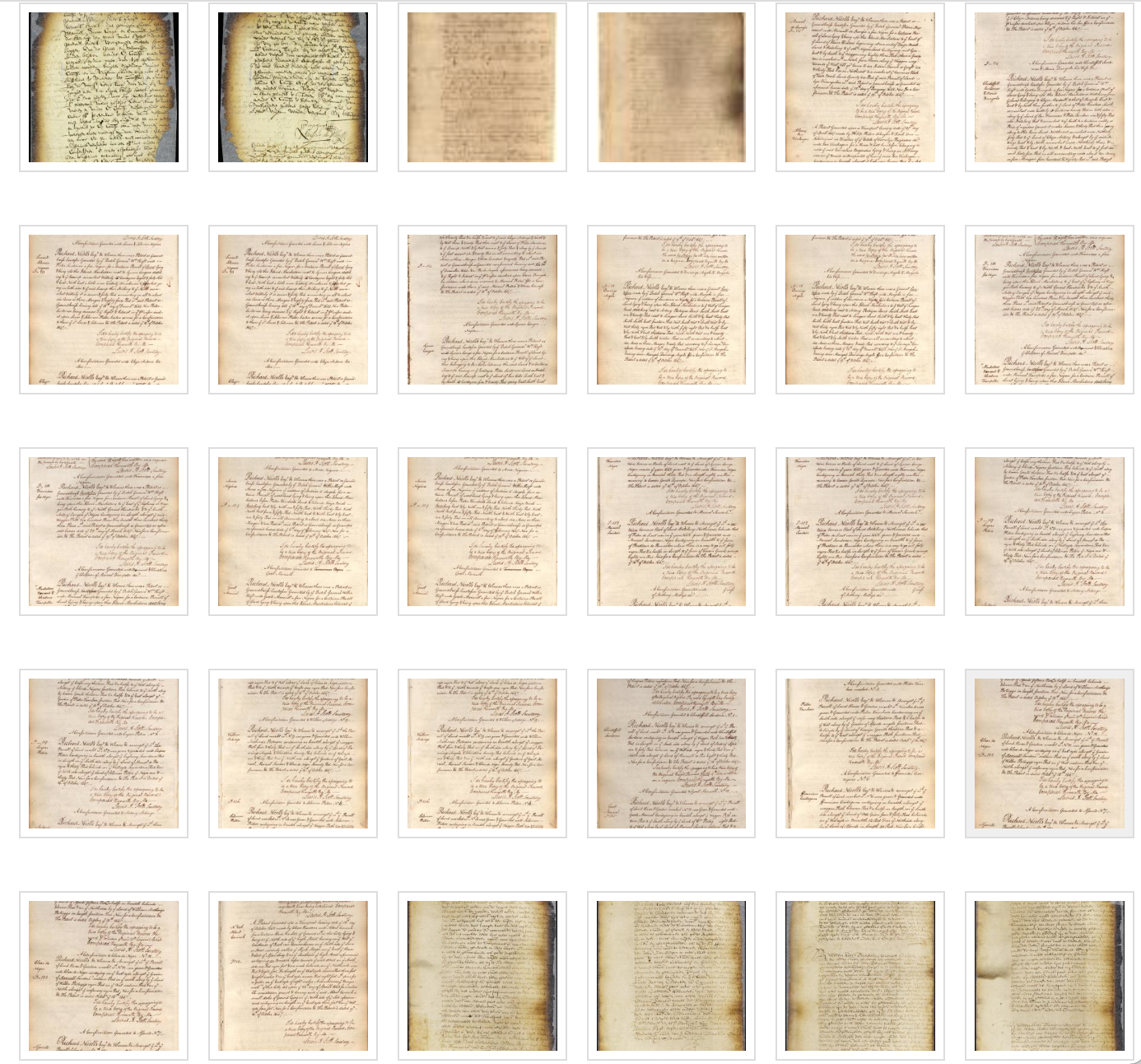
Back in July, DHPSNY and antiracism program partner Aria Strategies co-presented a facilitated dialogue to talk and learn about effective strategies for describing our organization’s collections. So many of our object descriptions, exhibit labels, and metadata center the experiences and perspectives of white museum, library and archive volunteers and professionals. How, then, can we navigate a shift to centering the perspectives, knowledge, and understanding of directly impacted groups of people?
In this dialogue participants were encouraged to think broadly about the ways they talk about their collections, and organizations were encouraged to begin where they are with describing those collections. The program addressed the ways we as stewards of collections discuss them internally and externally, the processes we use to re-visit and re-evaluate descriptions, and how the ways we talk about and describe our collections influence programs and interpretation.
Alongside co-facilitators John Diefenderfer (New York State Archives), Louise McGoldrick (Historic Huguenot Street), Eddie Moran (Historic Huguenot Street), and Lavada Nahon (New York State Parks, Recreation and Historic Preservation), Aria Camaione-Lind from Aria Strategies invited program participants to consider:
● Where is your organization on this journey of talking about your collection in ways that invite expanding and inclusive stories?
● What barriers are you facing?
● What are some of your wins?
Co-facilitators shared stories and examples of ways their organizations have shifted how they talk about their collections in order to center people who have been historically marginalized in New York State. Lavada Nahon (New York State Parks, Recreation and Historic Preservation) led participants through an overview of enslavement in colonial New Amsterdam and New York to dispel myths about slavery in what is now New York State. Lavada used a collection of archival documents to build out a more comprehensive knowledge of the topic rather than looking at just one household or one community’s records about enslavement. Co-facilitator Eddie Moran gave an example of the shifting story of a piece of furniture in one of Historic Huguenot Street’s (HHS) historic houses – a linen cupboard once interpreted as a sign of the original owner’s wealth shifted to a story about where that wealth came from and who made the furniture. Louise McGoldrick, another co-facilitator from HHS, shared her department’s strategy for flagging problematic language in archival descriptions so staff and volunteers can return to it in the future. John Diefenderfer (New York State Archives) shared examples of the Archives’ shifting language in their exhibit Land of the Blacks, and shared information about the development of their statement on harmful language in description.
How is your organization shifting the ways it talks about its collection in order to tell more expansive and inclusive stories? You can reach us by email at info@DHPSNY.org, or connect with us on the DHPSNY Facebook page or DHPSNY Community Facebook Group.
Resources:
New York State Archives Exhibit: The Land of the Blacks
New York State Archives: Statement on Harmful Language in Description
New York State Parks, Recreation and Historic Preservation: Our Whole History
This post is part of a blog series on sharing information, promoting resources, encouraging discussion, and amplifying the voices of Black, Indigenous, and People of Color (BIPOC) doing antiracism work in archives, museums, history sites, and library special collections. DHPSNY is committed to supporting the diverse network of collecting institutions that safeguard and ensure access to historical records and library research materials across New York State. To learn more, visit our first blog post in the series.
To access the full list of resources in this series, visit our Antiracism Resources links spreadsheet.
Image: Screenshot, New York State Archives Exhibit: The Land of the Blacks.